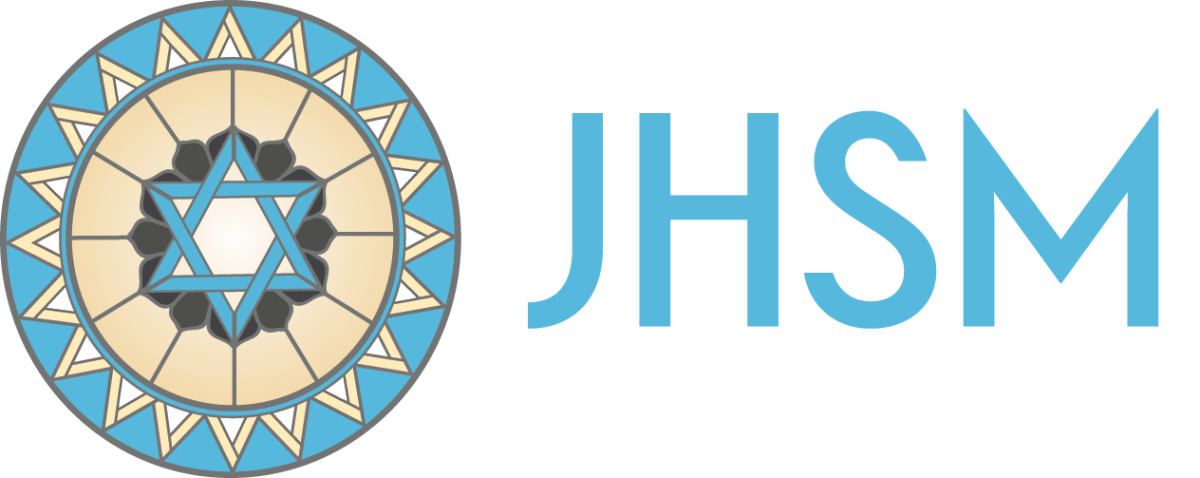Take a walk back in history to Hastings Street’s time from 1880-1930 as an enclave for Detroit’s Jewish immigrants, where everyday life was full of the choices, adversities, innovations, triumphs, tensions, and synergies that defined this incomparable place.
Prior to 1930, Hastings Street, which later became a center for Black culture and commerce, was home to many immigrants, including working-class Jews who fled Eastern Europe driven by the terror and violence of antisemitism. This new exhibit, presented by Jewish Historical Society of Michigan, follows Jewish immigrants’ experiences from Europe to Detroit to Hastings Street. A fascinating blend of artifacts and storytelling gives visitors a rare peek into Jewish life of the period.

Jewish Historical Society of Michigan is an independent non-profit organization that interprets and highlights the Jewish history of Michigan, capturing and sharing the past with its communities, state, nation, and the world, producing academic-quality historical knowledge and offering meaningful and engaging programming. It offers innovative, docent-led lectures, tours, and classroom lessons and publishes Michigan Jewish History, our annual, peer-reviewed journal.








